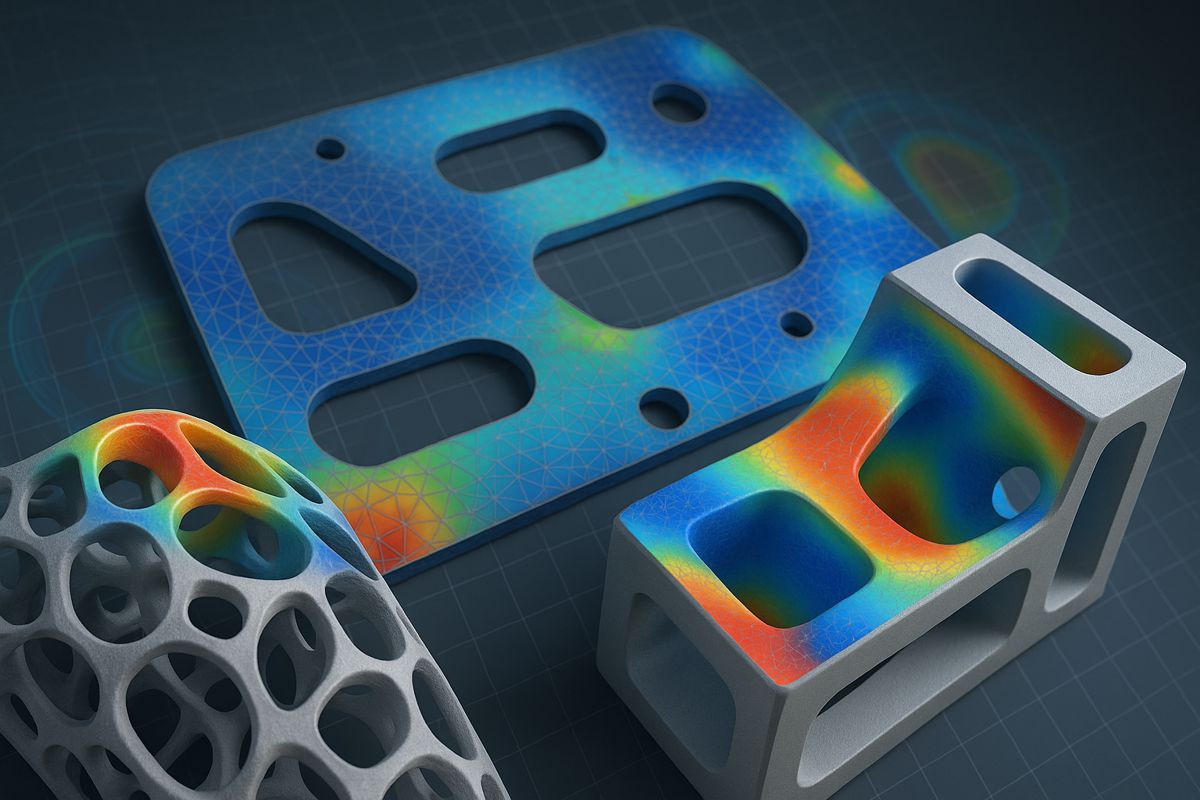Construction Digitalization with BIM-based Digital Collaboration Platform
A Korean research team has developed a BIM-based digital collaboration platform that allows construction owners and engineers to collaborate with each other on digital design tasks.
The importance of digital transformation has been increasingly recognized worldwide. Digital transformation refers to the process of leveraging digital technologies, including the Internet of Things (IoT), Artificial Intelligence (AI), and big data, to innovate conventional operating systems. The Korean government is actively working toward achieving digital transformation in the construction industry by 2030, with a primary focus on Building Information Modelling (BIM), fundamentally changing the ways construction tasks are performed and information management systems work.
From a conventional perspective, collaboration in the construction sector is often seen as merely sharing an integrated workspace. However, this approach comes with drawbacks associated with space rents, difficulties in properly managing collaborative information, and ambiguity in defining roles and responsibilities. These problems can be addressed by establishing an integrated digital work environment for collaboration.
Against this backdrop, the BIM Cluster Research Team (led by Dr. Hyounseok Moon) of the Korea Institute of Civil Engineering and Building Technology (KICT, President Kim Byung-suk), developed a cloud-based BIM collaboration platform aimed at digitalization of collaboration in order management and design tasks for the first time in Korea. The developed technology thoroughly complies with the Common Data Environment (CDE) system for BIM information management proposed by the international standard ISO 19650. It also integrates BIM order placement and design collaboration processes into an online environment.

The developed platform streamlines conventional order placement and design collaboration processes, reducing the time required by more than 30%. This platform integrates more than 20 BIM files to concurrently visualize, review, approve, submit, and manage them. Another key advantage is that it allows for real-time collaboration, regardless of when or where you are, through a digitalized construction work environment, eliminating the need for printed documents.
The research team established an online environment for digital collaboration while developing its own cloud environment to ensure data security across public facilities. For services using overseas public clouds, in particular, it is possible to build a platform that complies with a customized cloud environment while ensuring data security.
Predefined unit functions for collaboration are made available as open sources through a collaboration tool development framework. These features allow anyone to develop the online collaboration tools they want, adding scalability to this approach. Additionally, the research team has implemented an integrated web-based visualization viewer, specifically designed to visualize various BIM data for review on a single screen, including various meetings; issue management; schedule management; BIM data review, approval, and management; BIM models; documents; drawings; and images. This viewer facilitates online collaboration among relevant stakeholders, enabling them to work together seamlessly.
The researchers have recently developed an online collaboration web service in the form of software as a service (SaaS). This open-source-based integrated viewer allows various documents, drawings, and models to be visualized and displayed on a single screen. All these functions empower multiple team members to collaboratively review BIM models and efficiently record and address relevant issues in real time. Furthermore, when linked to commercial software packages and platforms (Autodesk, Bentley, etc.), this system also facilitates the seamless exchange and sharing of any BIM data created by engineers, demonstrating exceptional versatility and interoperability.
The developed platform can be an attractive, cost-effective option for countries, including Korea, aiming to establish their own BIM collaboration platforms that meet international standards.
Dr. Hyounseok Moon, who led the project, said: “There will certainly be a transition from traditional work processes reliant on written documents, offline interactions, and manual labour to BIM-based digital collaboration processes. The platform developed by KICT will significantly contribute to this digital transformation across the construction industry.”




















